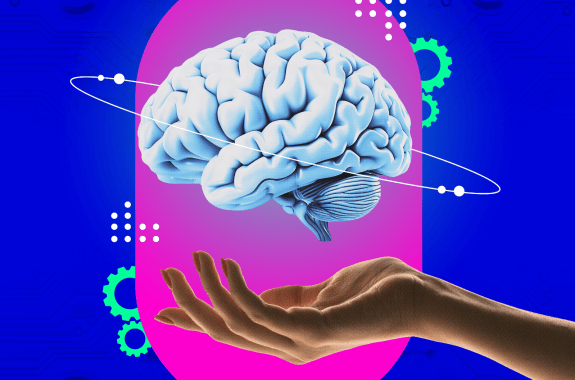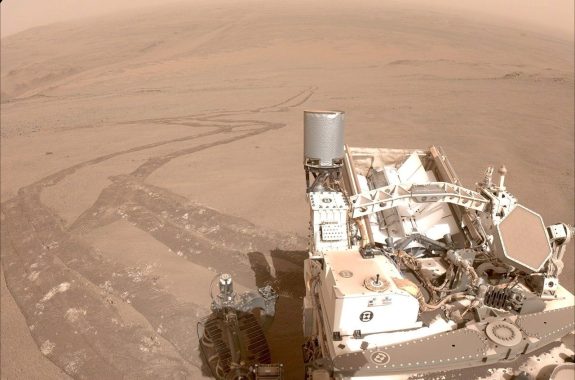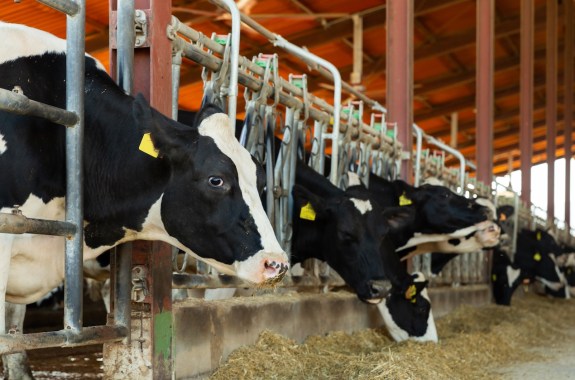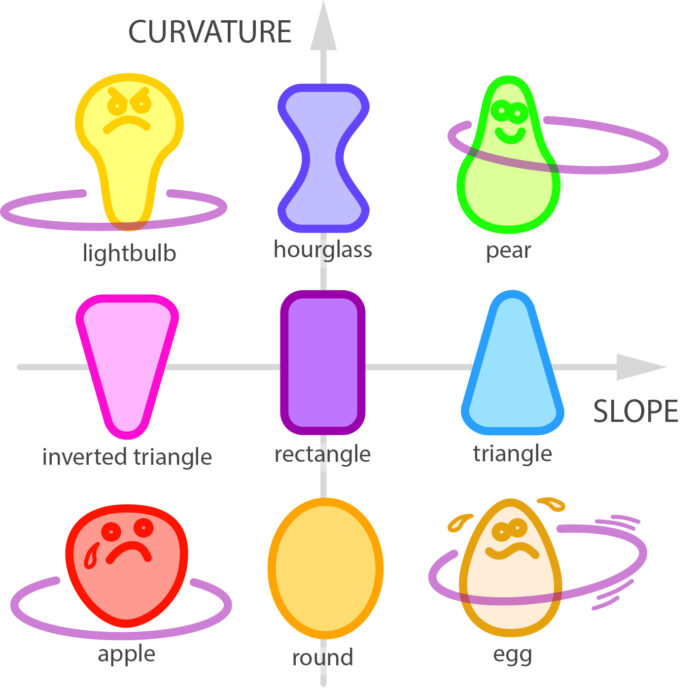“Get ready to spin, twirl, and sway into the fascinating world of physics! On this Science Friday, we’re putting the spotlight on a humble object that’s been delighting us since the 1950s – the hula hoop. You might have mastered the art of keeping it spinning around your waist, but have you ever stopped to think about what makes it stay up in the air? Is it magic? Chance? Or is there something more to it?

The Physics of Hula Hooping

Hula hooping is a dynamic activity that involves rotating a circular object around the waist, hips, or arms. At first glance, it may seem like a simple game, but the physics involved are quite complex. In this section, we will explore the key factors that contribute to the stability and movement of a hula hoop.

The Role of Angular Momentum
Angular momentum is a fundamental concept in physics that refers to the tendency of an object to maintain its rotational motion. When a hula hooper moves their body, they generate angular momentum, which is transmitted to the hoop. This momentum is responsible for keeping the hoop spinning.
As the hooper moves their body, they transfer angular momentum to the hoop, which in turn creates a force that keeps the hoop rotating. The greater the angular momentum, the more stable the hoop will be. This is because a higher angular momentum creates a stronger force that counteracts the force of gravity.
The Importance of Torque
Torque is a measure of the rotational force that causes an object to rotate. In the context of hula hooping, torque is generated by the hooper’s movements as they rotate their body. The torque created by the hooper’s movements is responsible for keeping the hoop spinning.
The torque generated by the hooper’s movements affects the hoop’s rotation and stability. A greater torque creates a greater force that keeps the hoop rotating, making it more stable. Conversely, a smaller torque results in a weaker force that allows the hoop to slow down or even stop.
The Key to Keeping the Hoop Up: Centripetal Force
Centripetal force is a force that acts towards the center of a circular motion. In the context of hula hooping, centripetal force is responsible for keeping the hoop rotating around the hooper’s body. The centripetal force is generated by the hooper’s movements as they move their body.
The centripetal force created by the hooper’s movements is proportional to the square of the hoop’s speed. This means that as the hoop’s speed increases, the centripetal force also increases, making it more difficult for the hoop to fall down. Conversely, as the hoop’s speed decreases, the centripetal force also decreases, making it easier for the hoop to fall.
The Mathematical Breakthrough
In a recent breakthrough, researchers at New York University used machine learning to analyze the motion of a robotic hula hooper with an hourglass shape. The study revealed the complex equations that govern the motion of the hula hoop and the role of the hourglass shape in generating angular momentum and torque.
Understanding the Math Behind Hula Hooping
The researchers used machine learning algorithms to analyze the data collected from the robotic hula hooper. The algorithms allowed them to identify the complex equations that govern the motion of the hula hoop, including the effects of angular momentum, torque, and centripetal force.
The mathematical model developed by the researchers has significant implications for understanding hula hooping. It provides a framework for analyzing the motion of the hula hoop and optimizing the hooper’s movements to achieve better stability and performance.
Practical Applications and Implications
The study’s findings have significant practical implications for hula hooping. The researchers’ mathematical model can be used to design new hula hooping equipment and optimize the hooper’s movements to achieve better stability and performance.
Body Types and Hula Hooping
The study also found that different body types have a significant impact on the motion and stability of the hula hoop. The researchers identified that certain body types are better suited for hula hooping, and provided tips for hoopers to improve their technique based on their body type.
The study’s findings have significant implications for the future of hula hooping. The researchers believe that hula hooping could become a competitive sport, and the mathematical model developed by the researchers could be used to design new equipment and optimize hoopers’ movements.
Conclusion
As we conclude our exploration of what makes a hula hoop stay up, it’s clear that the answer lies at the intersection of physics, motion, and human ingenuity. We’ve delved into the intricacies of angular momentum, torque, and rotational energy, demonstrating how these fundamental principles come together to keep our beloved hula hoops spinning. From the optimal hoop size and material to the subtle nuances of spin direction and speed, we’ve uncovered the secrets that allow our hula hoops to defy gravity and captivate our imagination.
The significance of this topic extends far beyond the realm of recreational play, as it speaks to our fundamental understanding of the natural world and our capacity to manipulate and interact with it. The principles governing hula hoop dynamics have far-reaching implications in fields such as engineering, robotics, and even medicine. As we continue to push the boundaries of innovation and technological advancement, a deeper appreciation for the physics of everyday phenomena like hula hooping will only serve to accelerate our progress.
As we look to the future, the possibilities are endless. Imagine hula hoops that adapt to our movements, or ones that use advanced materials to generate even more mesmerizing patterns and colors. The future of hula hooping is not just about the next big trick or stunt – it’s about harnessing the power of science to create a new era of interactive, immersive, and awe-inspiring experiences that bring people together and inspire a sense of wonder. So, the next time you pick up a hula hoop, remember: the magic is not just in the spin – it’s in the science that makes it all possible.
